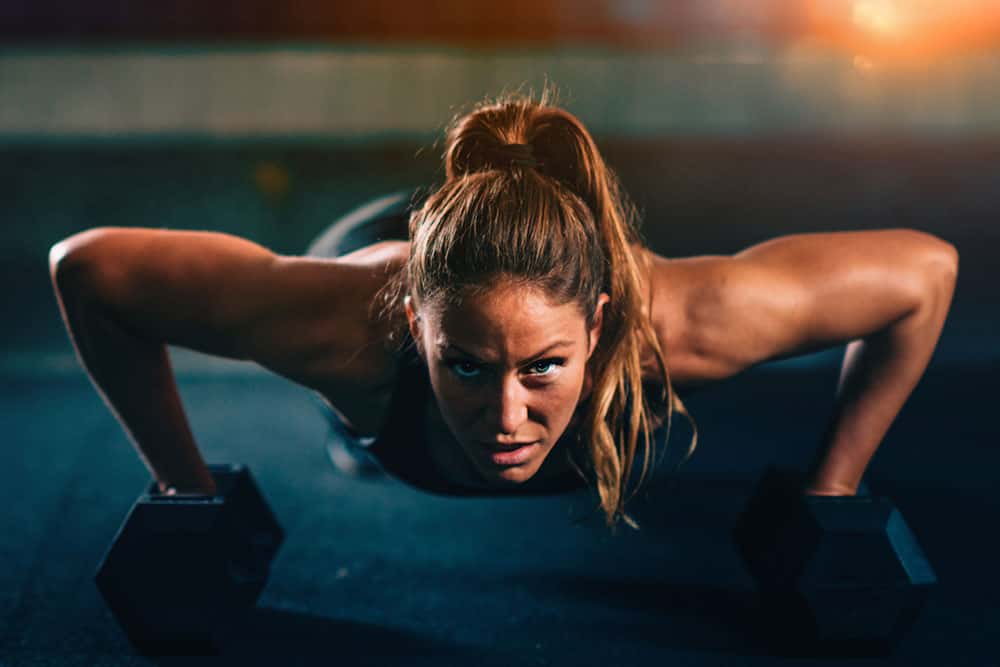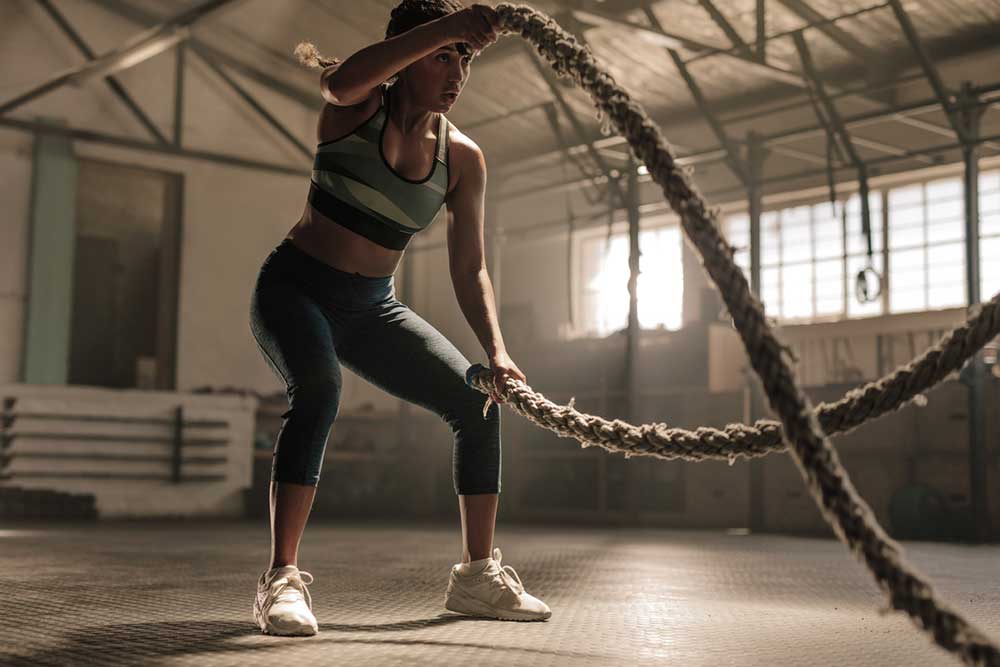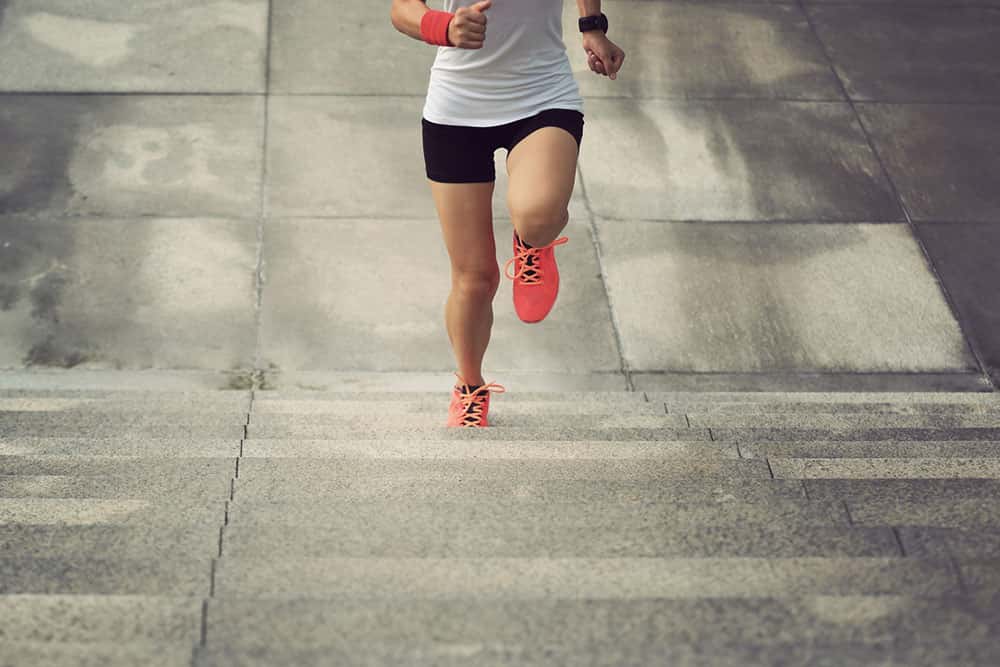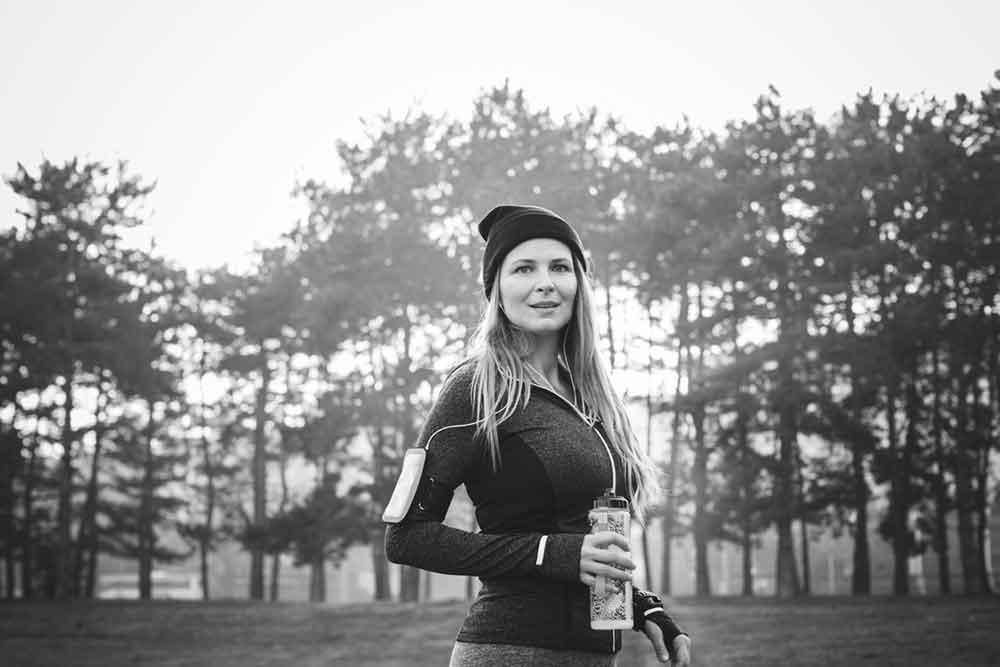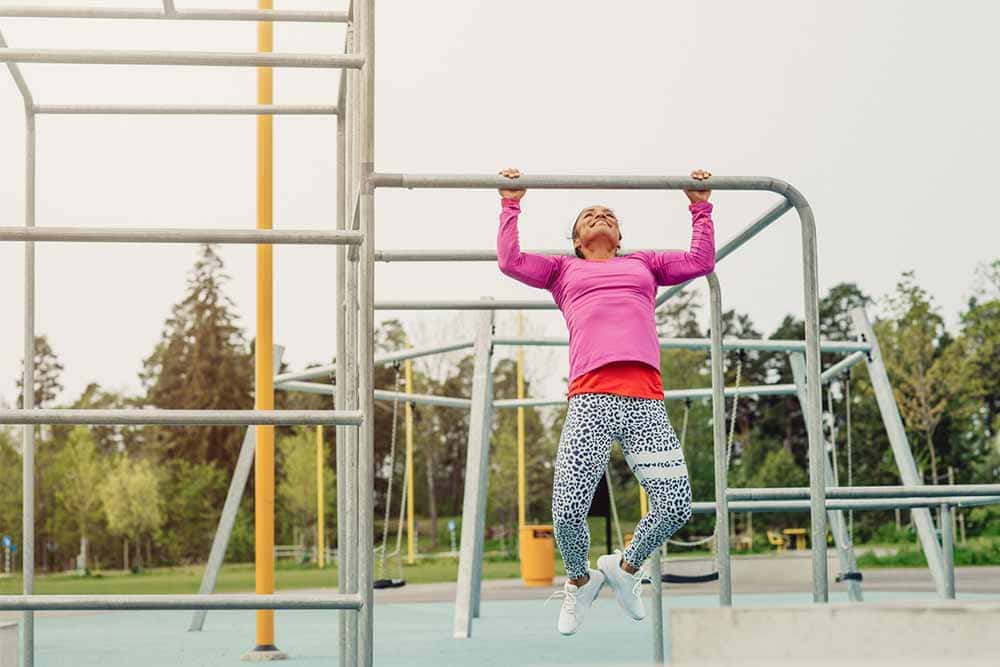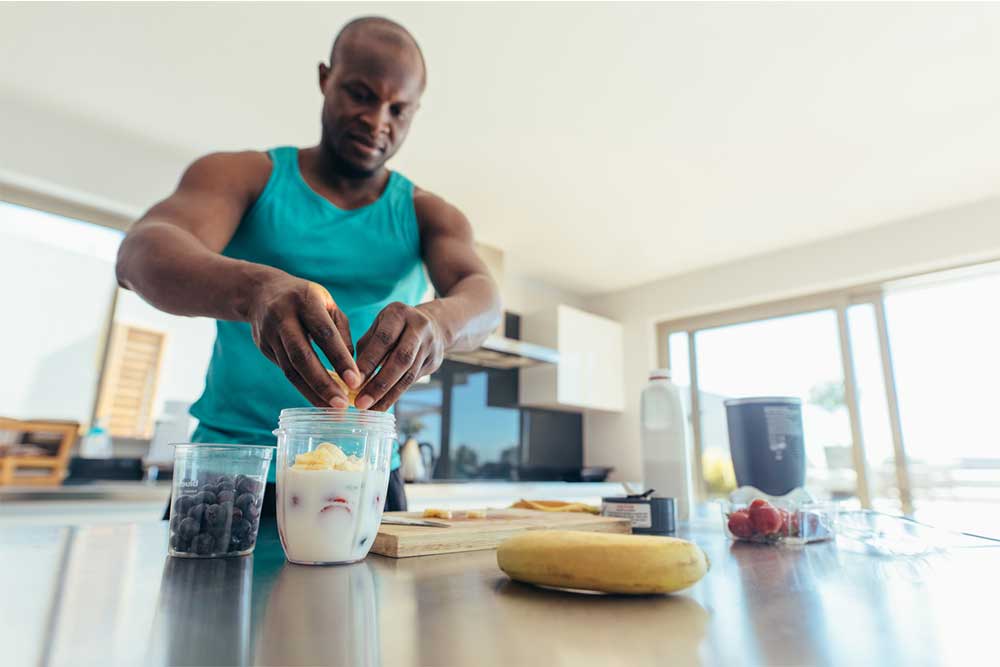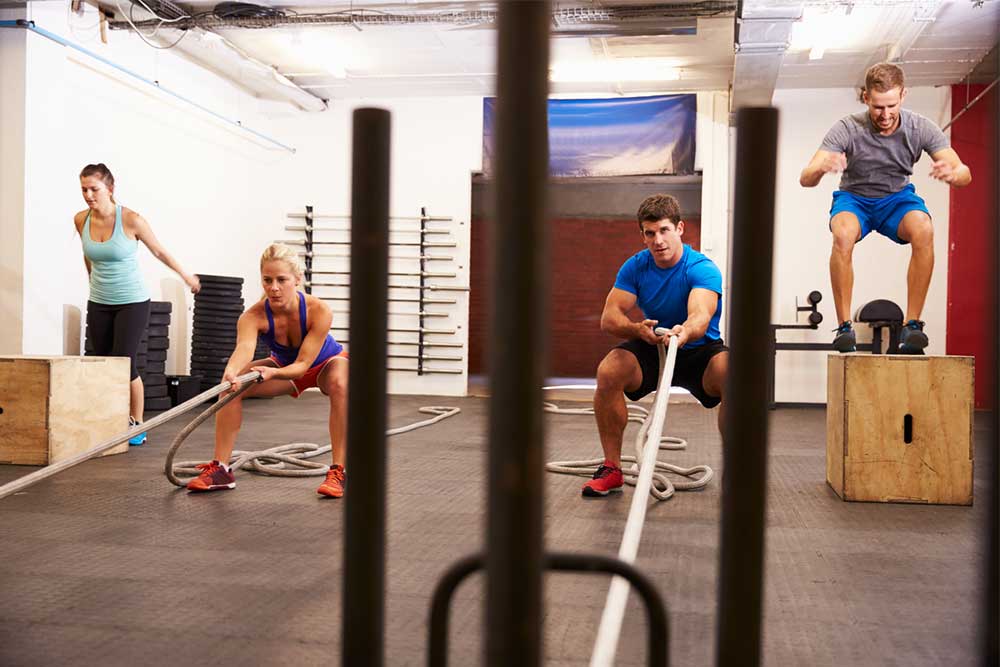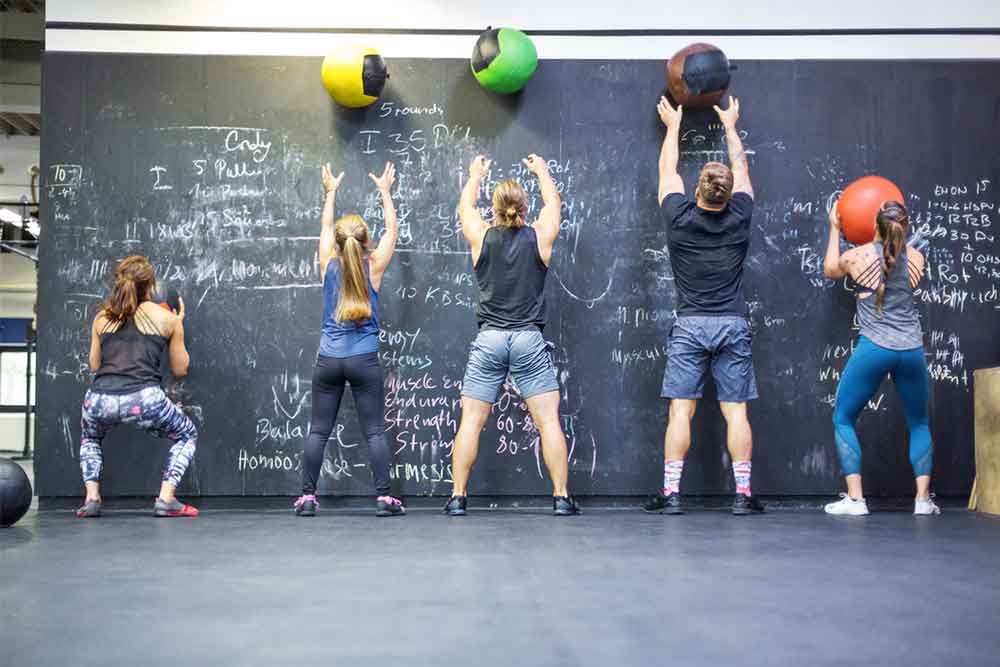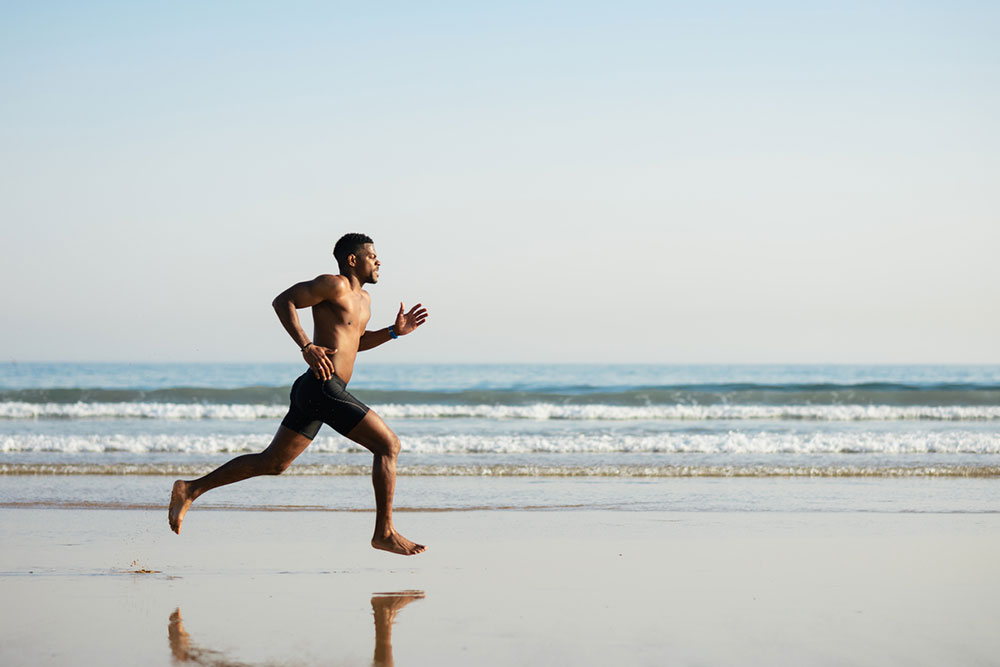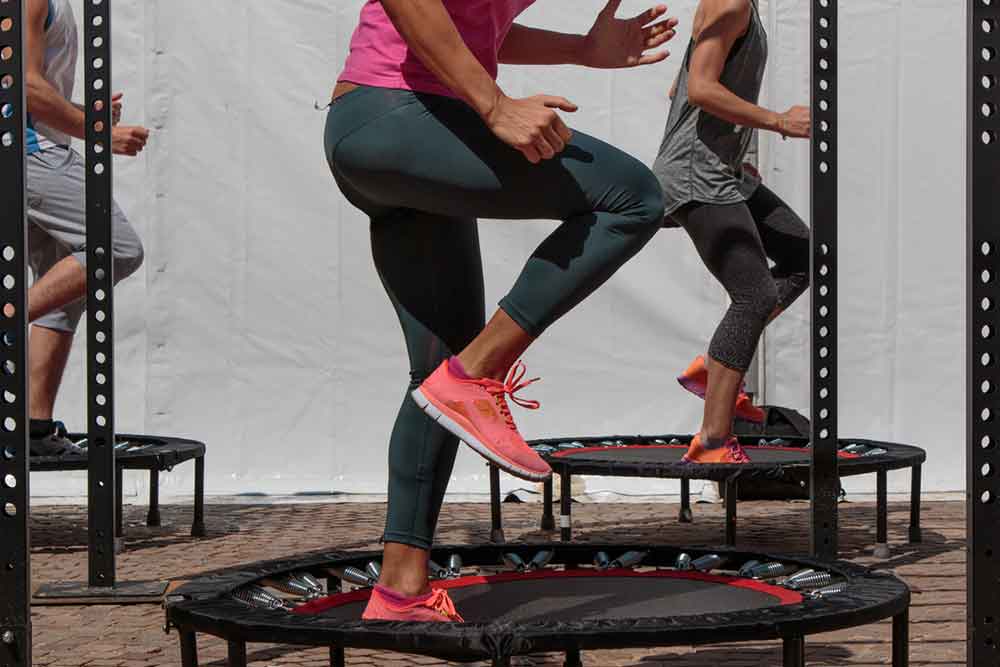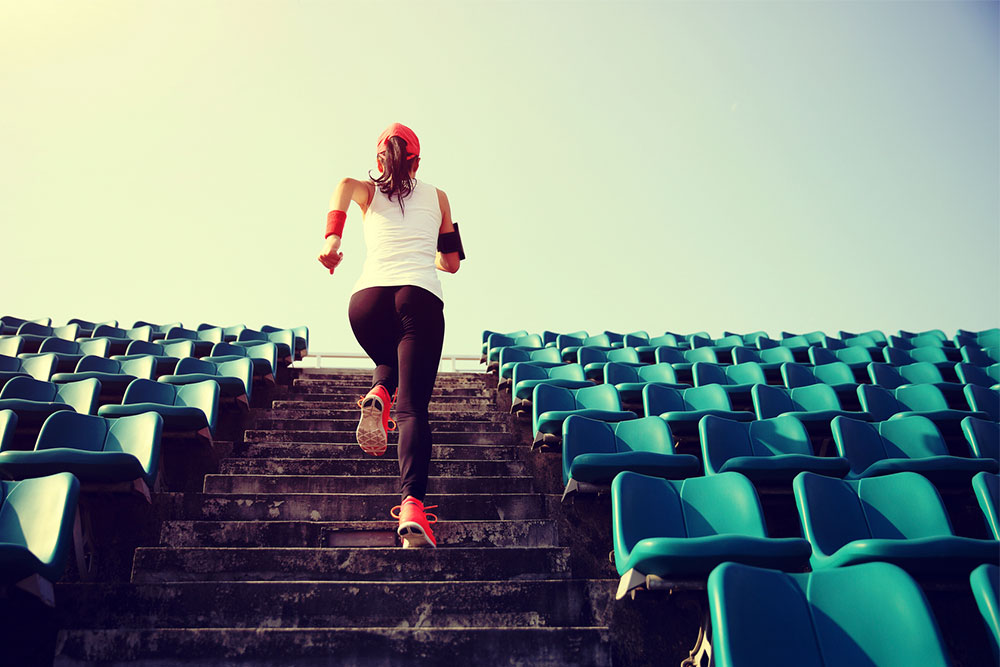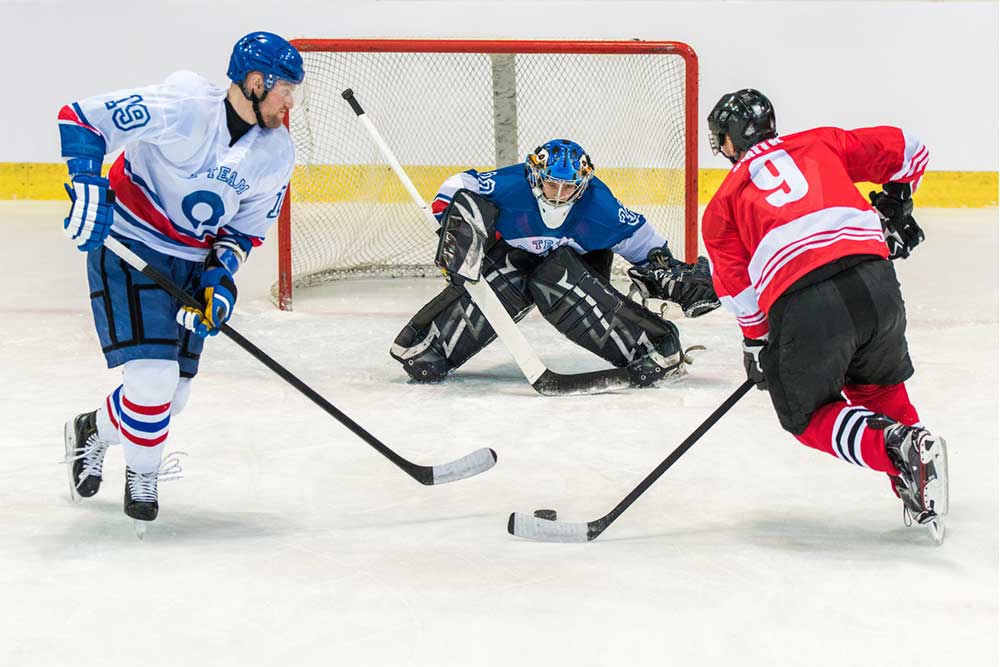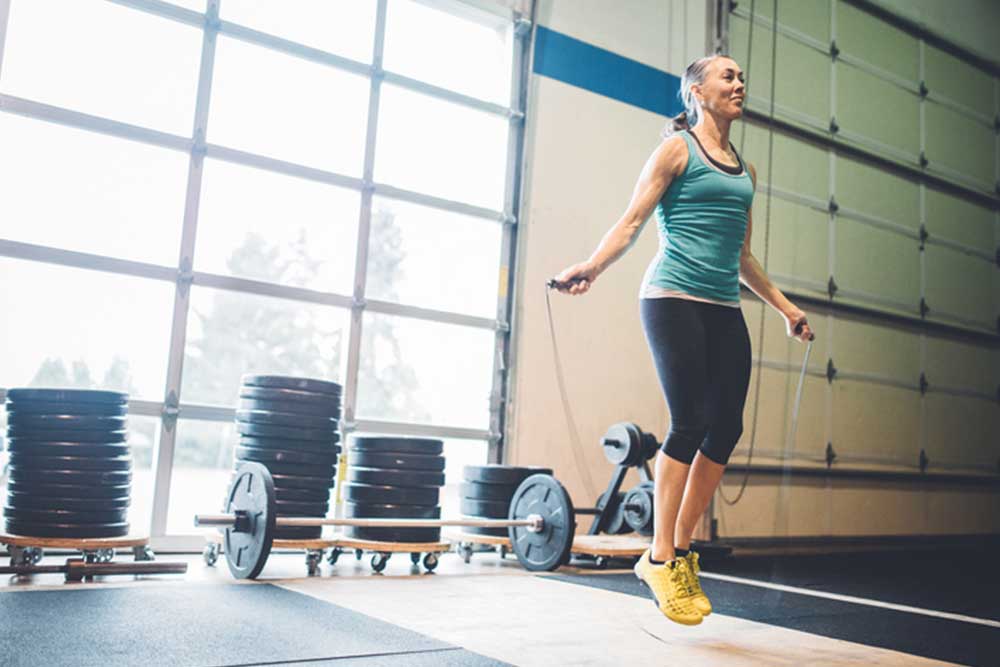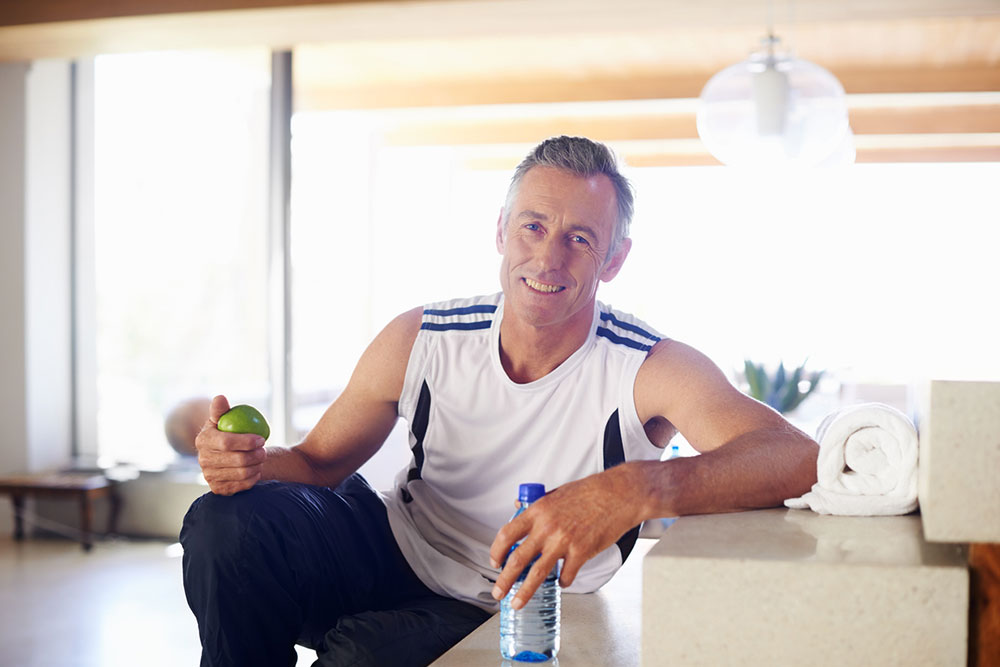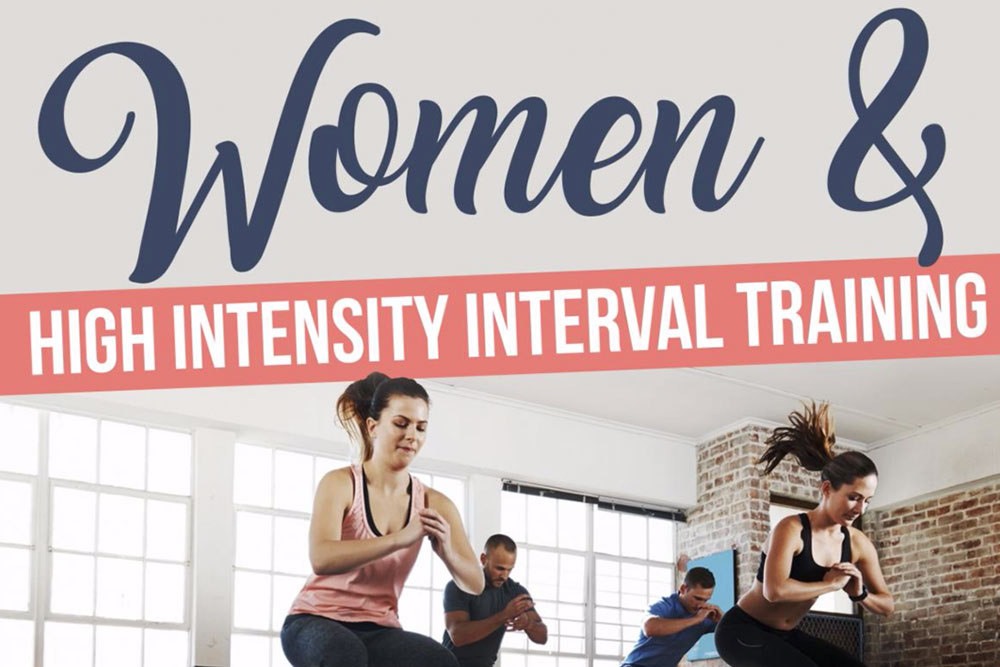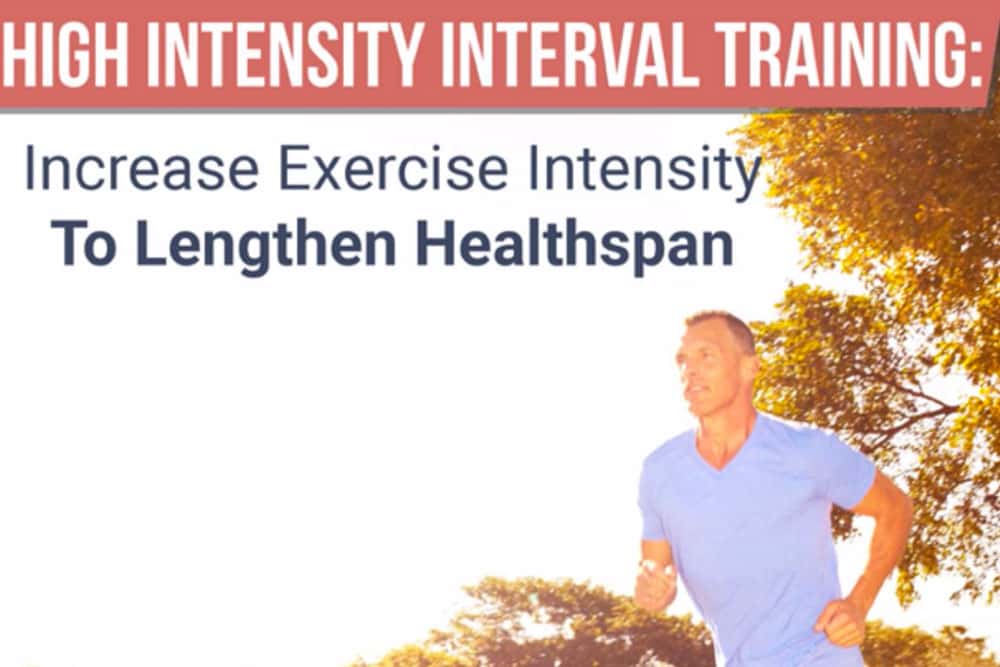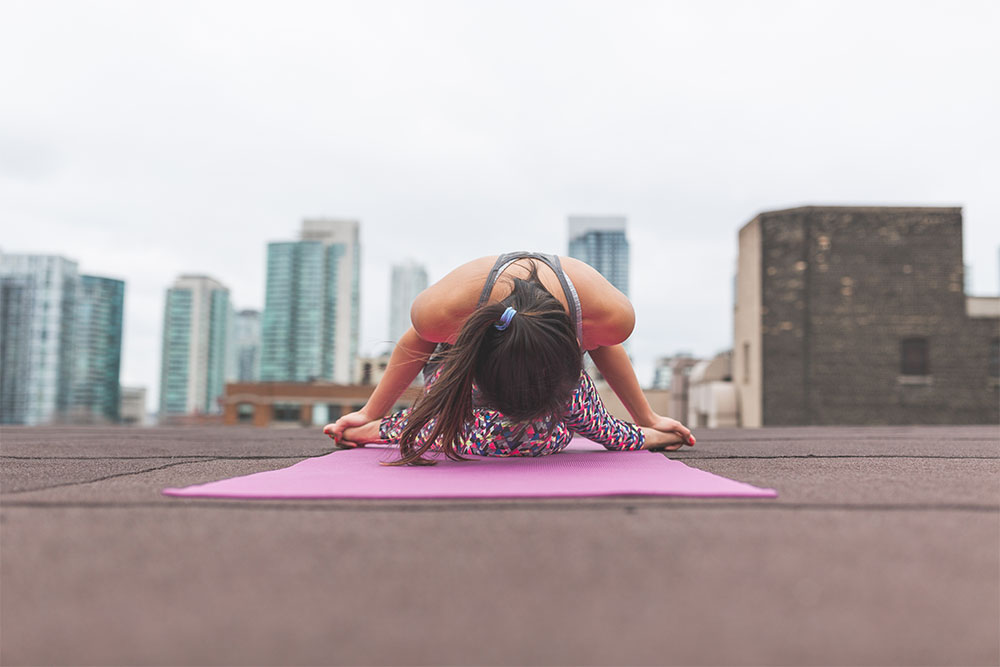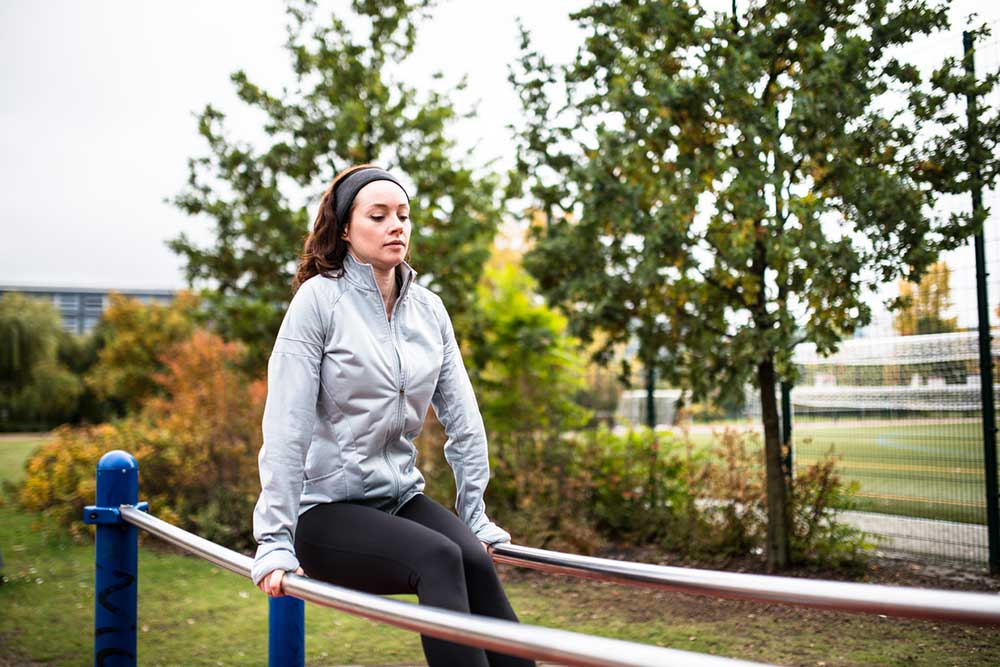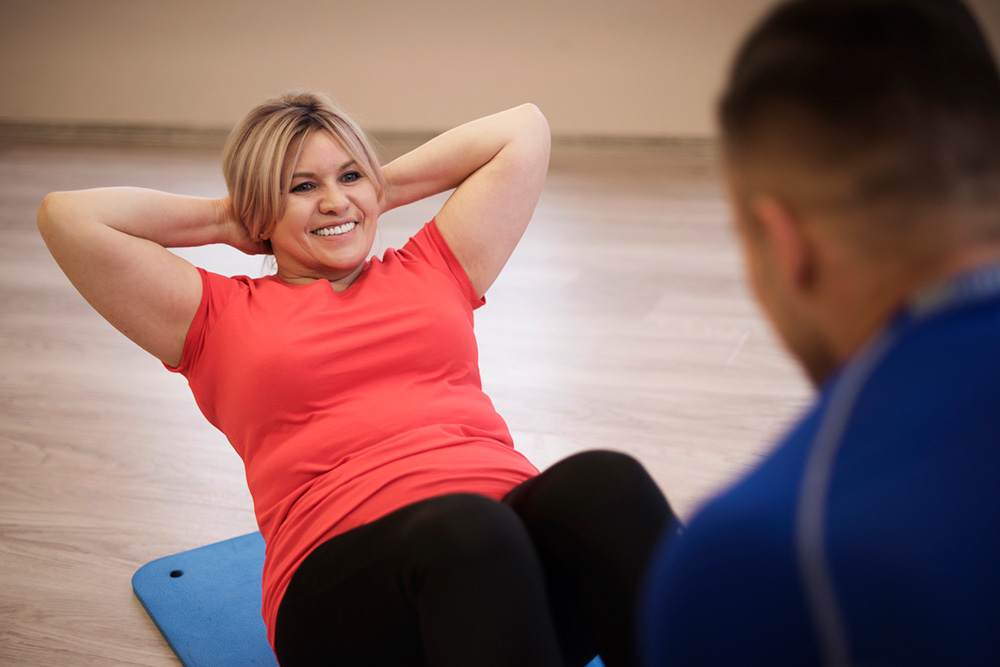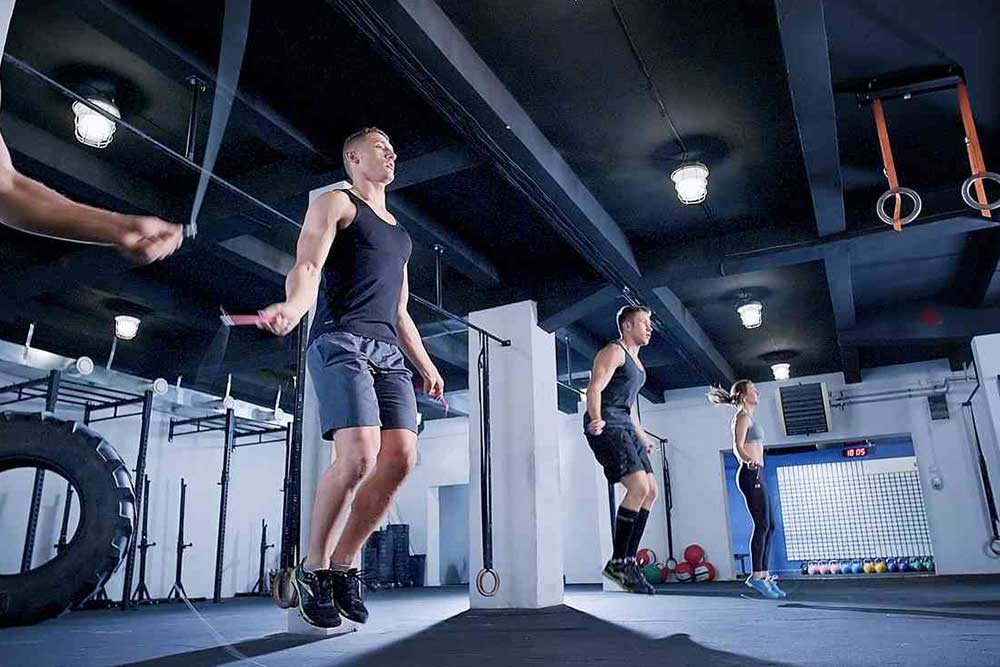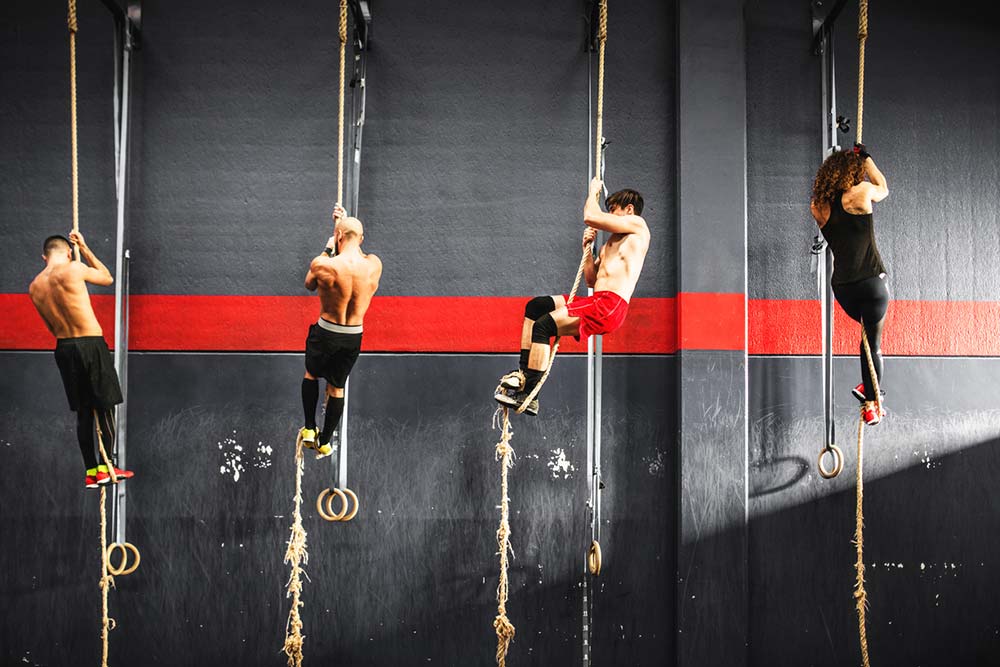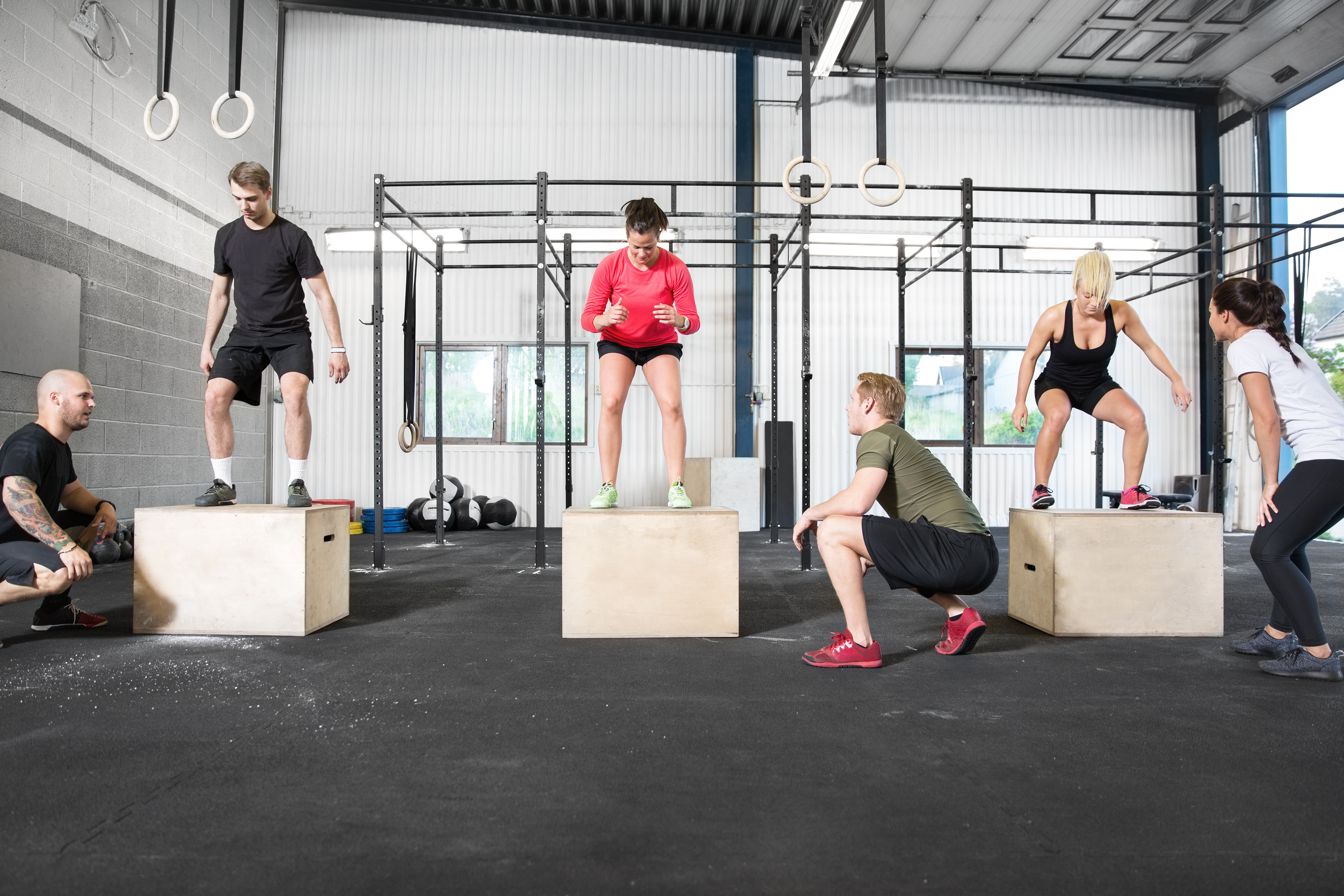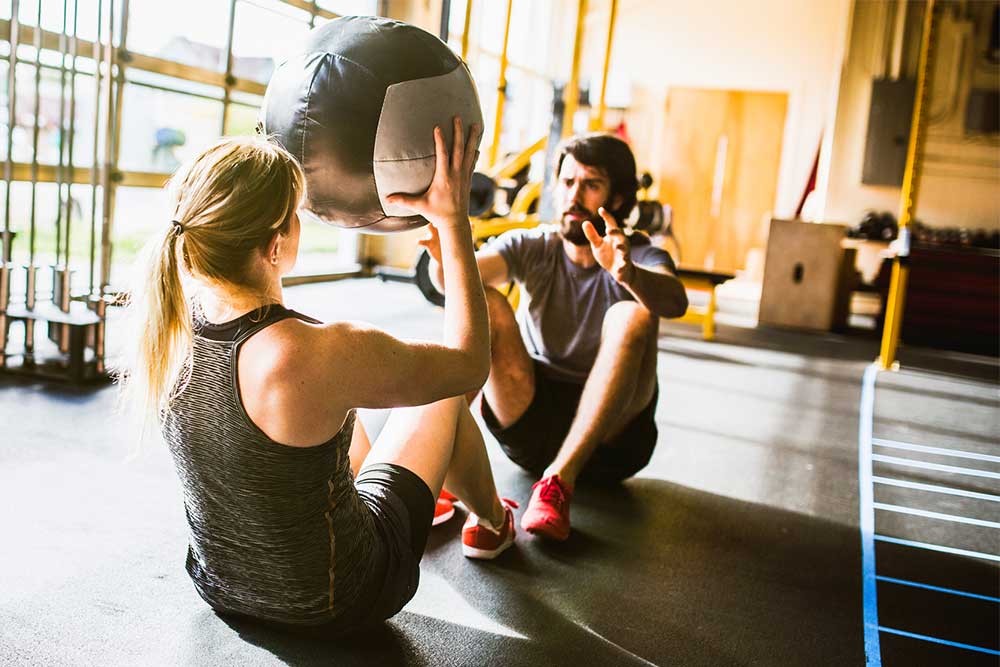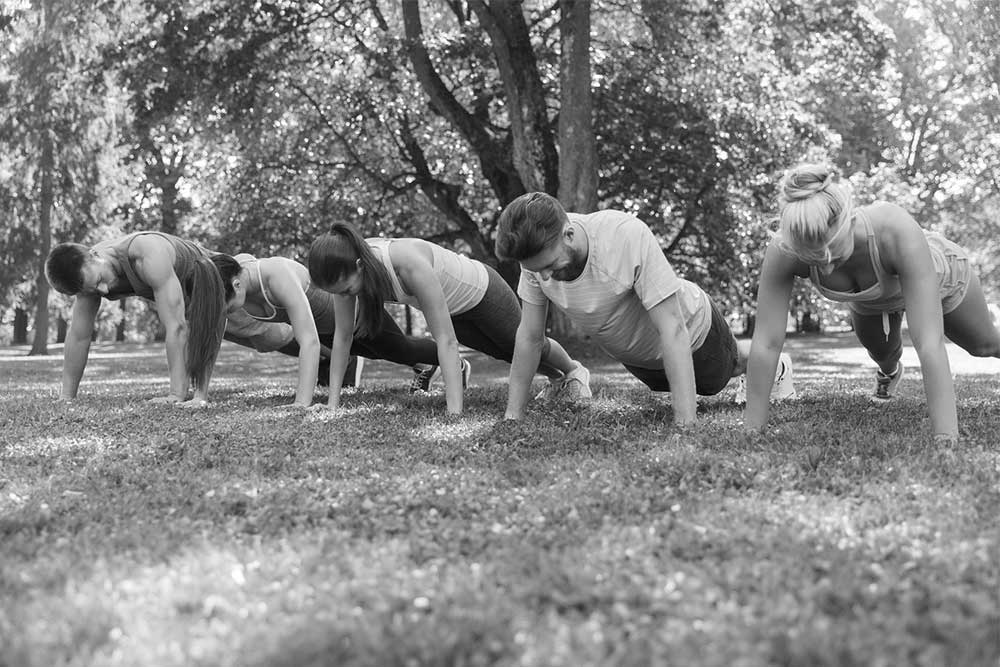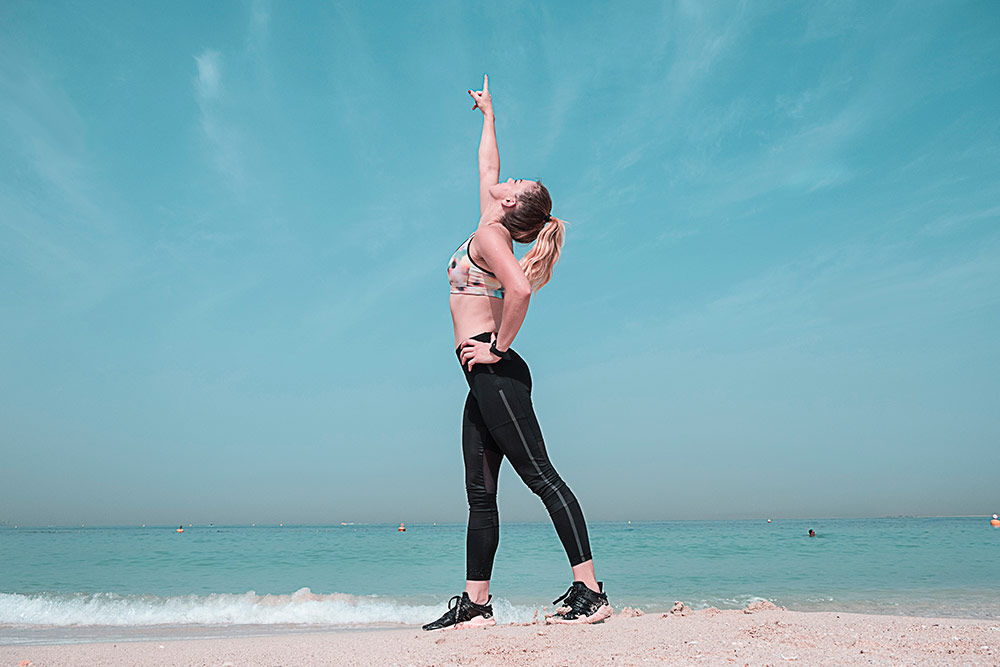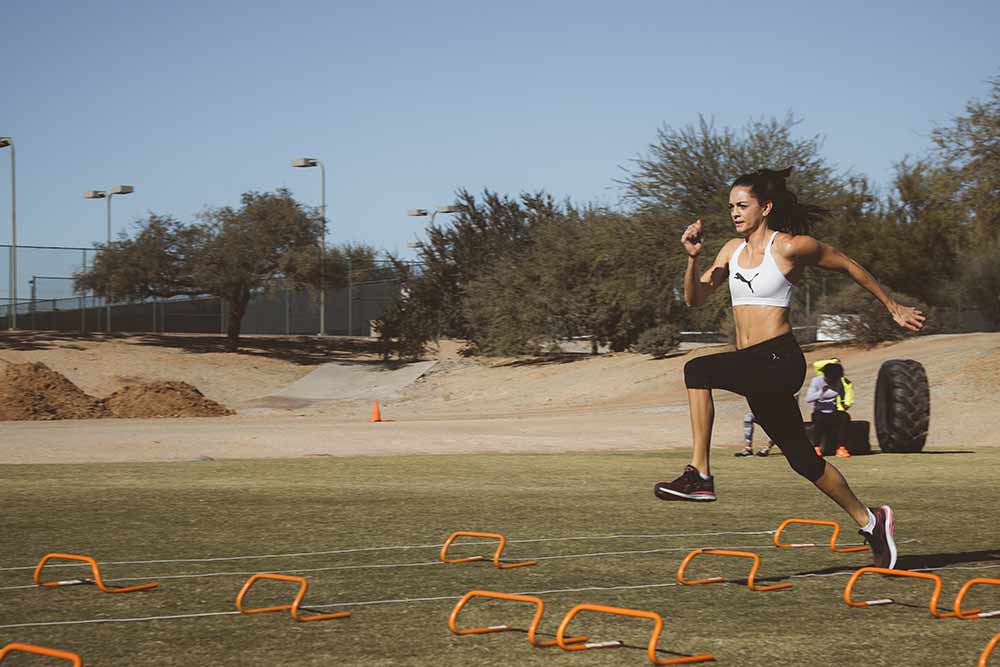How to Incorporate HIIT in Every Workout

Over the last few years, high-intensity exercise modalities have become super popular. Think about the rise of CrossFit or even the creation of Orange Theory. Both of these workouts are incredibly popular, and both incredibly high intensity.
However, with this increase in popularity has come the misconception that high-intensity interval training (or HIIT for short) can only be performed with box jumps, burpees, and tire flips – but nothing could be further from the truth.
In fact, pretty much any form of exercise can be used in a HIIT workout to boost your fitness – if you know what you are doing, that is.
What is HIIT?
See, HIIT literally describes any form of aerobic exercise that has you doing short bouts of intense exercise, alternated with lower intensity periods of recovery (Wewege, 2017).
For example, a simple HIIT protocol would be sprinting for 30 seconds, then walking for 30 seconds to allow for recovery. You could then repeat this process for 20 minutes to get in a very effective HIIT workout.
One of the main reasons that HIIT has become so damn popular is because it allows you to get in a lot of intense exercise in a short amount of time – which means that it also comes with an absurd amount of benefit.
In fact, regular HIIT has been shown to (Kessler, 2012, Heggelund, 2014):
- Facilitate weight loss
- Improve blood sugar and blood pressure levels
- Improve cholesterol levels
- Reduce depression and anxiety
- Enhance both aerobic and anaerobic fitness.
Interestingly, there is even some evidence to suggest that regular HIIT might get you living longer as well…
How does HIIT increase your lifespan?
Does HIIT increase lifespan?
Well, while the research is only in its infancy, it appears that it might.
It is well established that those individuals who exercise regularly will be expected to live longer than those who do not. In fact, any form of regular exercise can prevent disease, improve bone and muscle health, and enhance cardiovascular function – all of which result in you living a longer, healthier, life.
However, there has been some recent research demonstrating that HIIT can also increase cell health to a greater degree than both traditional aerobic exercise and resistance training. Within this, it also appears to increase the production of several key cellular proteins that decrease with age – further demonstrating an enhanced capacity to stave off age-related declines in function (Robinson, 2017).
Even more impressive is the fact that these improvements have been seen in both younger and older adults. This suggests that HIIT may have implications for longevity no matter how old you are!
Benefits of HIIT vs traditional cardio
In the above section, I outlined one of the key benefits of HIIT vs cardio from a pure longevity perspective – however, it actually offers a number of other benefits that are worthy of mention.
And I should note – these benefits are not obtained with traditional aerobic exercise.
First and foremost, HIIT training requires much less time to see improvements in health and function. Being that it is performed at a much higher intensity, it places the body under more load, which it is then forced to adapt to. This process essentially accelerates the rate of adaptation, meaning that with HIIT, you get much more bang for your buck (Boukabous, 2019).
Interestingly, while more challenging in nature, HIIT training has also been shown to be perceived as more enjoyable than traditional cardio. Within this, people also seem to feel that it is more rewarding (Thum, 2017)
Finally, there is also evidence to suggest that HIIT causes lager improvements in both aerobic and anaerobic fitness than traditional cardiovascular exercise. This means that it has applications for athletes and weekend warriors alike (Cuddy, 2019).
You may also like: 6 Tips to Fuel Your HIIT Nutrition Plan
What is a state of HIIT?
So, what actually constitutes a state of HIIT? I mean, what determines whether you are performing high intensity exercise or just ‘good ole’ cardio?
Fortunately, there are several ways to determine this.
High-intensity exercise is normally dictated by working at an intensity greater than your lactate threshold. This means that during your high-intensity bouts, you are working anaerobically, and accumulating lactate in your blood.
The following provides a very clear indication that you are working above your lactate threshold:
- You cannot maintain a conversation during exercise (also known as the ‘talk test’)
- Your heart rate is at more than 85% of your age-predicted maximum (220 – your age in years)
- You perceive your exercise intensity to be an 8 or 9 out of 10
As simple as each of these measures are, they can give you a clear and accurate indication of your exercise intensity, no matter what exercise you are performing.
This means that you could be using swimming, running, weightlifting, rowing, or cycling, it does not matter – as long as you tick one of the above boxes, you can be pretty certain that you are in a state of HIIT.
How long do you have to be in the HIIT zone to reap benefits?
One query that most people have about HIIT relates to its efficiency. I mean sure, it certainly makes sense as to why HIIT is more effective – but how long do you actually need to spend in a state of HIIT to improve your fitness?
Well, you will be happy to know that recent research suggests that it may not that long at all (Naves, 2018).
In fact, it has been shown that performing as little as four bouts of maximal intensity exercise (AKA as fast as you can go) lasting 30 seconds in duration (with 4 minutes rest between bouts), three times per week can cause huge improvements in fitness and weight loss.
Just to be clear, that is a mere 23 minutes of HIIT per week!
Now, I should note that as you get fitter, you may need to spend a little bit more time in a state of HIIT to reap the rewards – but not much. In fact, simply progressing to five or six bouts (rather than four) of 30 seconds per session would be more than enough.
The best tips to add HIIT into your routine every day
We now have a very clear understanding of the many HIIT workout benefits that exist. I also want to outline the best ways you can easily add HIIT into your daily routine to make the most of them.
Firstly, while I say every day, it important to note that you can very easily get a whole heap of benefits from performing HIIT 3 or 4 times per week – so if that is all you can manage, then that is absolutely fine.
So, without further ado:
- Don’t think that you need any fancy equipment: by using the tips outlined above, you can easily head down to your local park and perform an extremely effective HIIT workout using nothing more than sprinting (and a stopwatch). Trust me when I say that you don’t need a gym, a box, or a functional training facility to perform some HIIT.
- Perform it any time of day: anytime you have a spare 20 minutes is the perfect time for HIIT. Seriously, because the sessions are so short, you can do one in your lunch break if you need to. So simply pick a time that suits you, and go for it.
- Do it after your gym session: people seem to think that performing cardio and strength training in the same session will ruin your gains, but nothing could be further from the truth. As long as you perform your HIIT after your weight training, then you have nothing to worry about.
- Perform it with your dog: it sounds silly, but HIIT is a great option if you want to go with your dog. Seriously, dogs were designed to perform short sprints, and then have long recovery periods – so why not perform HIIT with your dog. It suits them to perfection and can give you some great company in the process.
At home HIIT workout
This is all well and good, but what if you cannot get out of the house to perform your HIIT session? Well, enter the perfect at-home HIIT workout.
Work through the exercises below in an alternating fashion. Spend 30 seconds on each exercise, for a total of 6 rounds (which works out to be 24 minutes):
- Jump squats
- Clap push-ups
- Walking lunges
- Close hand push Ups
- Alternating single leg hip lifts
- Wide hand push-ups
- Bodyweight squats
- Plank hold
Simple as can be!
Why HIIT is important at every age
Even will all this amazing information about HIIT, people seem to think that it can only be performed by younger people. That it is too risky for older adults.
What a load rubbish.
Seriously? I mean, why in the world would you want to stop older adults from performing HIIT?
We know that it can literally reverse the aging process. We also know that it causes huge improvements in mental and physical health, cognitive function, and fitness (Kessler, 2012).
So obviously, it is damn important for everyone – and not just those on the younger end of the spectrum.
Take-home message
HIIT is an amazingly effective form of exercise that can be performed anywhere, and at any time. It doesn’t require any fancy equipment, any expert advice, or any functional fitness facilities – all it needs is a bit of hard work and a stopwatch.
Moreover, with recent evidence demonstrating that it can help reverse the aging process, it should be a part of every one of your workouts.
So what in the world are you waiting for?
References
Wewege, M., et al. “The effects of high‐intensity interval training vs. moderate‐intensity continuous training on body composition in overweight and obese adults: a systematic review and meta‐analysis.” Obesity Reviews 18.6 (2017): 635-646.
Kessler, Holly S., Susan B. Sisson, and Kevin R. Short. “The potential for high-intensity interval training to reduce cardiometabolic disease risk.” Sports medicine 42.6 (2012): 489-509.
Heggelund, Jørn, et al. “High aerobic intensity training and psychological states in patients with depression or schizophrenia.” Frontiers in psychiatry 5 (2014): 148.
Robinson, Matthew M., et al. “Enhanced protein translation underlies improved metabolic and physical adaptations to different exercise training modes in young and old humans.” Cell metabolism 25.3 (2017): 581-592.
Boukabous, Inès, et al. “Low-Volume High-Intensity Interval Training Versus Moderate-Intensity Continuous Training on Body Composition, Cardiometabolic Profile, and Physical Capacity in Older Women.” Journal of aging and physical activity 1.aop (2019): 1-11.
Thum, Jacob S., et al. “High-intensity interval training elicits higher enjoyment than moderate intensity continuous exercise.” PloS one 12.1 (2017): e0166299.
Cuddy, Tom F., Joyce S. Ramos, and Lance C. Dalleck. “Reduced Exertion High-Intensity Interval Training is More Effective at Improving Cardiorespiratory Fitness and Cardiometabolic Health than Traditional Moderate-Intensity Continuous Training.” International journal of environmental research and public health 16.3 (2019): 483.
Naves, João Pedro Araújo, et al. “Effects of high-intensity interval training vs sprint interval training on anthropometric measures and cardiorespiratory fitness in healthy young women.” Frontiers in physiology 9 (2018): 1738.
Kessler, Holly S., Susan B. Sisson, and Kevin R. Short. “The potential for high-intensity interval training to reduce cardiometabolic disease risk.” Sports medicine 42.6 (2012): 489-509.
You Might Like





